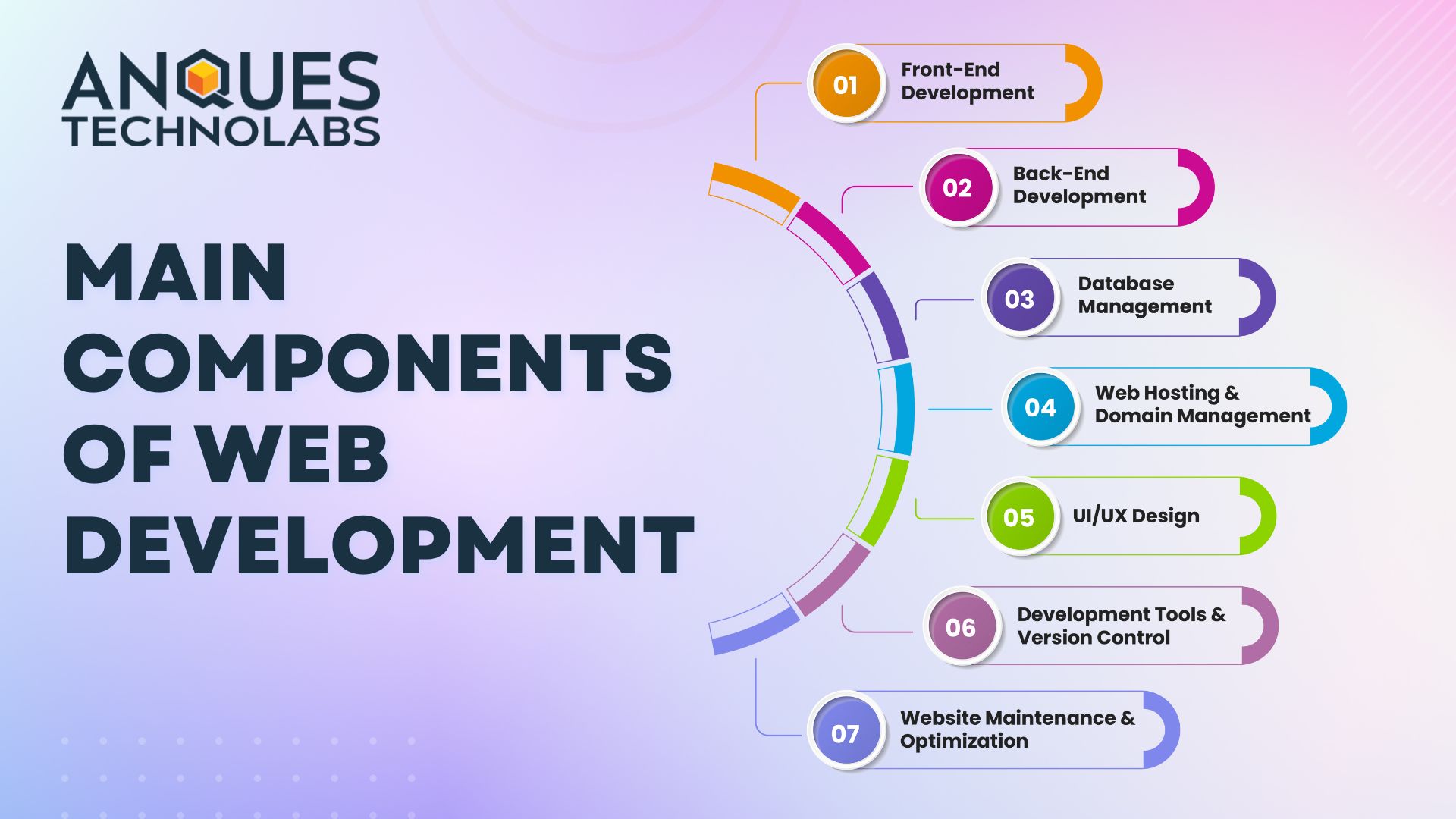Here In This Blog We Provide some basic information about Blockchain Implementation Steps for the Growth of the Business.
A blockchain could determine “the authority of documents and their originality, their state, their disposition, their destruction, and just be the index of the real story,”.
Caraher said. “It could lead to speedier resolutions, it could lead to better evidence gathering foundation for a case.”
Four steps to a blockchain implementation
Garzik identified four stages to a blockchain implementation, and they apply no matter the industry a company is in:
- Identify a use caseand develop a technology plan.
- Develop a proof of concept(POC).
- Administer a field trial, which involves a limited-production run with customer-facing data, and is stepped up to involve more customer-facing products and data volumes.
- Launch a full-volume rollout in production. (Relatively few organizations have reached Stage 4, Garzik said.)
Step 1: Use case development
Regardless of how the use case is discovered, companies that have identified a use case for a blockchain implementation will either look to their vendor partners for a product that fits the bill, or will work to develop the technology internally.
Step 2: Proof of concept
Bloq’s Jeff Garzik describes the POC stage for a blockchain implementation as a one- to three-month exercise.
Step 3: Field trial
After POC comes the task of putting real data into production. Garzik said this typically means a small trial with perhaps 5% of customers or customers on a lower-volume product.
Step 4: Full-volume rollout
Nasdaq’s Linq system, which uses blockchain technology to manage private-market trades and which went live on Dec. 31, is an example of a blockchain implementation at Stage 3.
Garzik said. “That’s a field trial with real customers. But it’s not as high-volume as turning the Nasdaq tech stocks on the blockchain.














